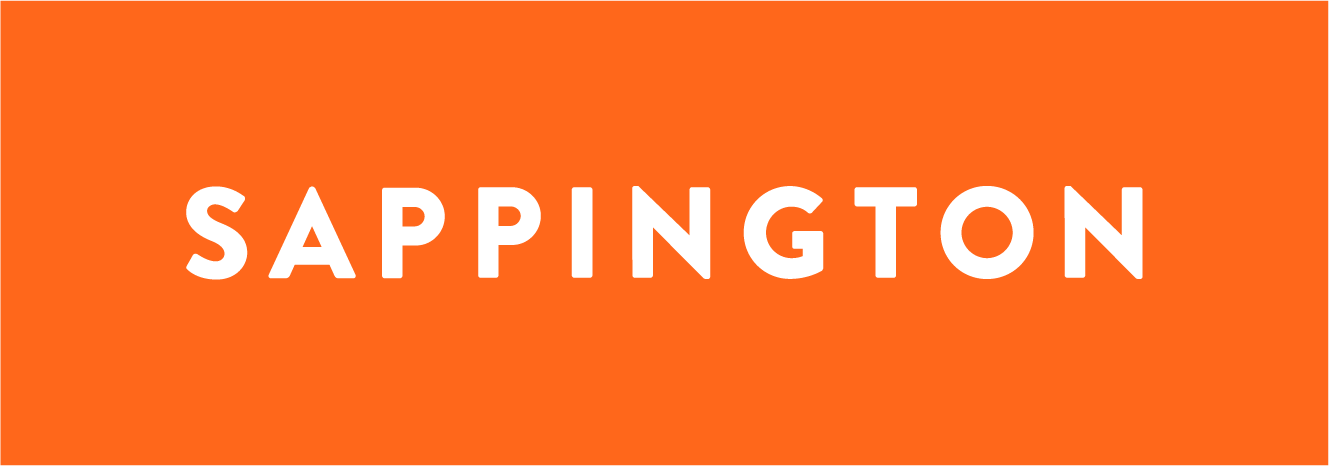Design trends you should consider in 2023
(And some you should already have embraced)
At the beginning of every year, we’re bombarded with new and emerging trends in design. But which ones will actually stick around?
With so many options, it can feel like information overload: Which ideas and tools are right for my brand, my customers? Where should I start?
Don’t fret. As the year progresses, we’ve seen which trends are successful in capturing customers’ eyes, and which ones you should consider for your content.
Here are five trends we think have staying power and value for bringing your customer work to life.
01 | Beyond photography
This transition has been building momentum since the pandemic, when in-person photoshoots became nearly impossible to achieve. The impulse to go beyond photography has stuck around, resulting in enterprise brands looking to create fresh imagery with different visual elements.
Take your visuals further with a variety of elements.
SAPPINGTON RECOMMENDS
Go beyond the lens. Photos alone don’t grab as much attention as they used to. Expand your design toolkit beyond photography to create striking visuals that still feel relatable for your audience.
02 | Gradients
1990s and early 2000s-era style has been coming back in a lot of ways, and colorful gradients are an example. In our current design world liquid gradients are being deployed to make designs stand out. They’re more freeform compared to the linear and radial gradients of the past. This organic expression gives your design both a digital and human feel.
There's a lot of versatility in implementing gradients. When executed properly, these elements can enhance both the foreground and background of your design.
SAPPINGTON RECOMMENDS
Add liquid gradients to refresh your color palette. Reimagining your brand's palette as gradients can refresh your designs and create new visual opportunity.
T I P
For successful gradients, use a maximum of three or four colors
and avoid pairing competing colors, like red and green.
03 | Accessibility
To create equitable content experiences, accessibility is a necessity. Designing accessible content means creating engaging and effective content for all audiences. Good-looking content isn't good enough if part of your audience can't read it. Nowadays brands aren't just embracing but expecting adherence to accessibility guidelines around contrast, type, and reading order (to name a few), all of which should be followed when designing content.
SAPPINGTON RECOMMENDS
Go beyond the lens. Photos alone don’t grab as much attention as they used to. Expand your design toolkit beyond photography to create striking visuals that still feel relatable for your audience.
D I D Y O U K N O W ?
61 million American adults have a disability.
04 | Motion
Motion and animated videos aren’t exactly new trends, but that doesn't make them any less important. Seventy-one percent more people prefer watching videos more than one year ago. If you’re not embracing motion now, your content may be falling behind. The good news is that with online content continuing to increase, it's become easier than ever to create and host interactive, animated experiences.
SAPPINGTON RECOMMENDS
Get moving! If you’re new to this, here are two ways to get started.
Add motion to your social feed. Even simple GIFs and videos can add “thumb-stopping power” to your audiences’ social feed.
Think landing pages instead of one-pagers. Instead of creating PDFs, transform your content into landing pages. Not only is your content easier to share and track but taking it online creates more opportunity to add motion beyond what PDFs can handle.
D I D Y O U K N O W ?
Animated explainer videos increase conversion rates by 20%.
05 | AI
It shouldn’t be a surprise that AI made our list. Apologies if you're feeling fatigued from the incessant AI talk.
AI has made significant progress here: the creation of artwork has become as simple as typing what you want. It’s still early, but AI has already made quite an impression even as it has stirred considerable controversy. There’s a lot of discussion about how AI-generated images will impact the art community. Although opinions vary, we believe it’s a technology that’s here to stay.
AI-generated image of “dog floating in space,” created with Adobe Firefly.
Tools like DALL·E 2 and Midjourney have certainly stolen the spotlight with their ability to edit and generate stunning images from just a prompt. However, it’s not only new tools that are pushing design boundaries forward. Late last year, Adobe introduced a collection of AI-powered Photoshop filters, and just last week, they announced their own generative AI program called Firefly. Adobe Firefly is still in beta but has already created excitement by boasting of more oversight over which images it uses to train it’s AI.
Not sure where to begin? We can discuss and introduce you to AI’s possibilities.
SAPPINGTON RECOMMENDS
Get to know AI. Familiarize yourself with some of the AI apps that have popped up. We recommend Midjourney or DALL·E 2, but there are plenty of others out there. Most popular tools are free to start, which is a great way to get comfortable and practice creating imagery.
The power of the prompt. With endless possibilities, creating the right prompt is crucial to achieving successful results. Practice generating images and experimenting with different prompt variations to see what gets the results you’re looking for. Tools like Midjourney allow you to see what other users are creating, and the prompts they used—a great way to get inspiration.
Want to know more?
Whether it’s about these design trends, or other topics, Sappington can help. We’ve got creative experts who can recommend and build the solutions you need. Reach out with your questions and ideas. Let’s design something great together!










